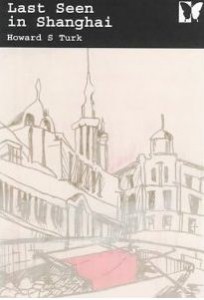
Crime novels are definitely one of my favorite literary genre, including classics as Raymond Chandler, moderns James Ellroy and contemporaries such as French author Ayerdhal. When the action takes place in a historical background, this is even more interesting. Favorites include include Boris Akunin’s “Erast Fandorin” series as well a Qiu Xiao Long “Inspector Chen” series (see link to post about “Red Mandarin dress“). It is of no surprise to the reader that my very preferred combination is a crime novel taking place in Old Shanghai. I have already written a post about “The Master of Rain” by Tom Brady. I recently found another one “Last seen in Shanghai”, by Howard Turk.
The story takes place in Shanghai in spring 1925, at the time of the May 30th incident, that saw a the British police firing on a crowd of Chinese demonstrator at the Louza station in the International Settlement (see the following link to Wikipedia’s article about May 30th movement). Since this period of time was crucial for China, it creates an excellent background for the story and the introductory scene. The main plot is focused on the murder of prime Chinese businessman Yang researched by Jake Greenberg, his old business partner. Running a casino, has an unclear past that will be revealed throughout the book (this is somewhat similar to Casablanca’s Rick). He is helped by his girlfriend Claire Turner, a reporter at the most important English newspaper in the city whose niece Jane has also been killed with Yang.
The story is quite interesting, bringing surprises along the way as well as meetings with a few famous people such as (then) undercover Shanghai communist leader Zhou En Lai. The author clearly knows about China history and integrates it into his writings. The interactions between several factions at play in China at that time are well described. The main character is an old China hand (a bit of a shadier version of Carl Crow), with quite a different attitude toward China from the main character of the “Master of Rain” and the whole foreigners-Chinese relationship is an important part of the story. The character of Claire Turner is surely inspired by Emily Hahn and other female journalists of the time. The plot is good and some of the characters have the right kind of background and behavior.
Unfortunately, the research about Shanghai itself is much thiner. It is disappointing to see that a number of historical details about the city are wrong, or just invented when they actually existed. Although right in the big picture, streetnames, locations and characters often lack precision when they claim for historical accuracy. It definitely feels like the author did not study much abouth old Shanghai itself apart from a few guidelines. Similarly, the use of some Cantonese worlds… where they should be Chinese, or even better Shanghainese does not help to make the story believable.
More importantly, the reader often feels like seeing the story from the outside, while never really being involved in it. The lack of description and scenery does not help either to become part of the story, particularly when the actual background is right the reader’s doorstep. Characters often lack depth and the pace of the book is not always well balance.Action scenes do not always feel real and atmospheric scene definitely lack depth and reality to them.
All in all, “Last Seen in Shanghai” is not bad to read but it is not the page turner that it could have been and definitely lacks depth in historical research. Although the book was published a few years ago, it does not seem to have attracted much publicity.
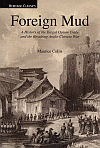
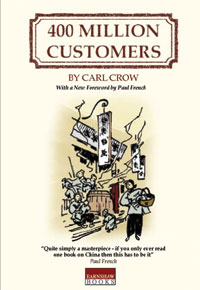
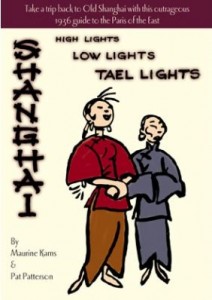
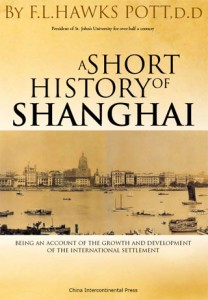
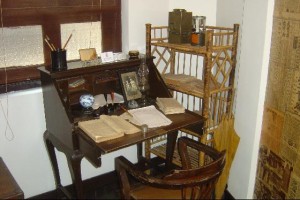
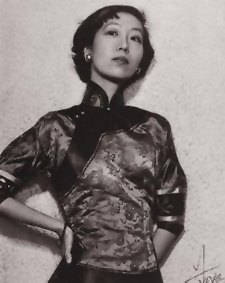
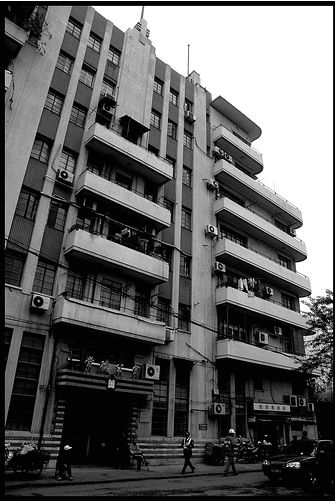
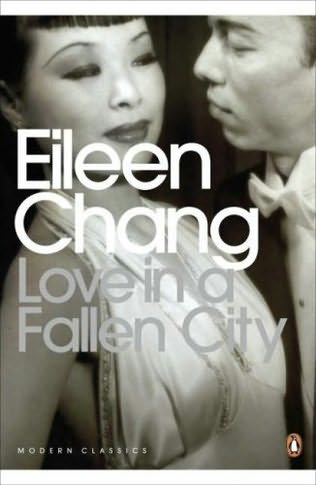 ol by the hotel company. A bookstors-cafe has just opened at the bottom of the building with 30’s theme… the perfect place to revive old Shanghai with a coffee.
ol by the hotel company. A bookstors-cafe has just opened at the bottom of the building with 30’s theme… the perfect place to revive old Shanghai with a coffee.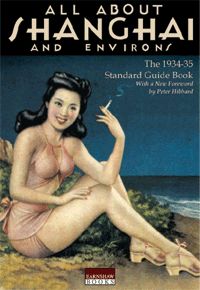 I had read parts of this book over the internet before, as it is available on the
I had read parts of this book over the internet before, as it is available on the 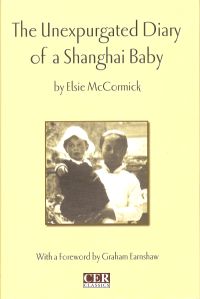 I still don’t understand how come I did not see this book in Shanghai… but bought it in Beijing instead. “The Unexpurgated Diary of a Shanghai Baby” is captioned by Graham Earnshaw as his “favorite book on old Shanghai by a long margin”. I knew the name of Graham Earnshaw throught
I still don’t understand how come I did not see this book in Shanghai… but bought it in Beijing instead. “The Unexpurgated Diary of a Shanghai Baby” is captioned by Graham Earnshaw as his “favorite book on old Shanghai by a long margin”. I knew the name of Graham Earnshaw throught 
 I always try to write unbiased reviews… but this one will be a bit different since I have been involved in creating the book. “Promenades au coeur de l’ancienne concession Francaise” is the new version of an old guide about Shanghai’s French concession. As the original one, this book was made by “A pleines mains” an expat charity in Shanghai. Proceeds are used in various help projects in Shanghai and the surrounding cities. The original guide was published in 2002 and has become out of print since then. It has been transformed into a number of guided walks throughout the French Concession. Each walk is about one hour and can be easily fit into a busy afternoon shopping or as a short break in a business trip. Walks are spread the old French Concession and the adjacent Xu Jia Hui area. One of them passes by the entrance of the lane where I live. Fortunately, my house is not included… which will avoid disturbing the quietness of my little private Shanghai.
I always try to write unbiased reviews… but this one will be a bit different since I have been involved in creating the book. “Promenades au coeur de l’ancienne concession Francaise” is the new version of an old guide about Shanghai’s French concession. As the original one, this book was made by “A pleines mains” an expat charity in Shanghai. Proceeds are used in various help projects in Shanghai and the surrounding cities. The original guide was published in 2002 and has become out of print since then. It has been transformed into a number of guided walks throughout the French Concession. Each walk is about one hour and can be easily fit into a busy afternoon shopping or as a short break in a business trip. Walks are spread the old French Concession and the adjacent Xu Jia Hui area. One of them passes by the entrance of the lane where I live. Fortunately, my house is not included… which will avoid disturbing the quietness of my little private Shanghai.